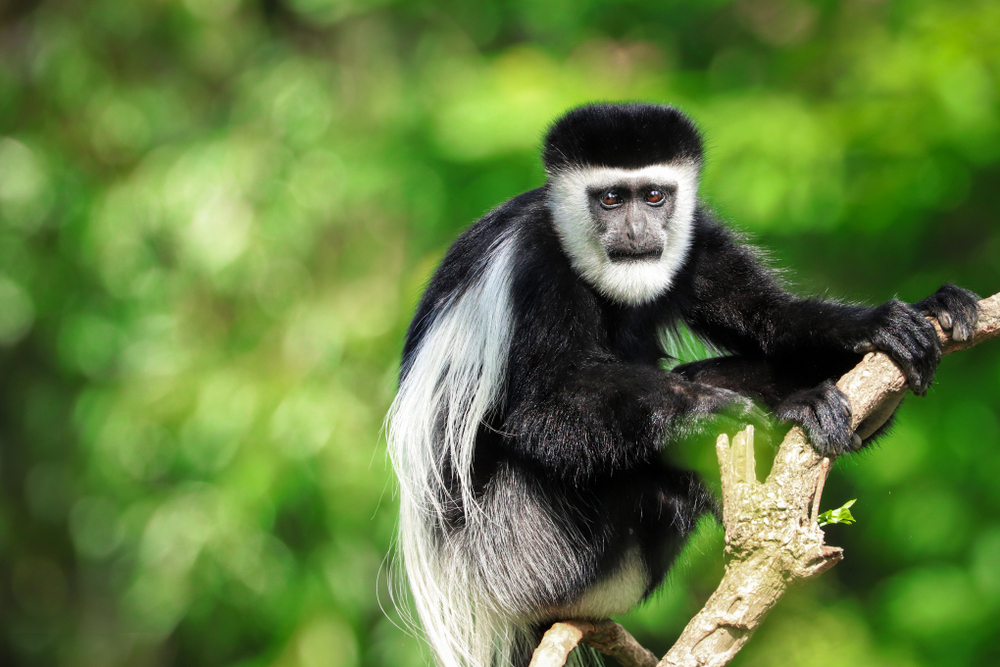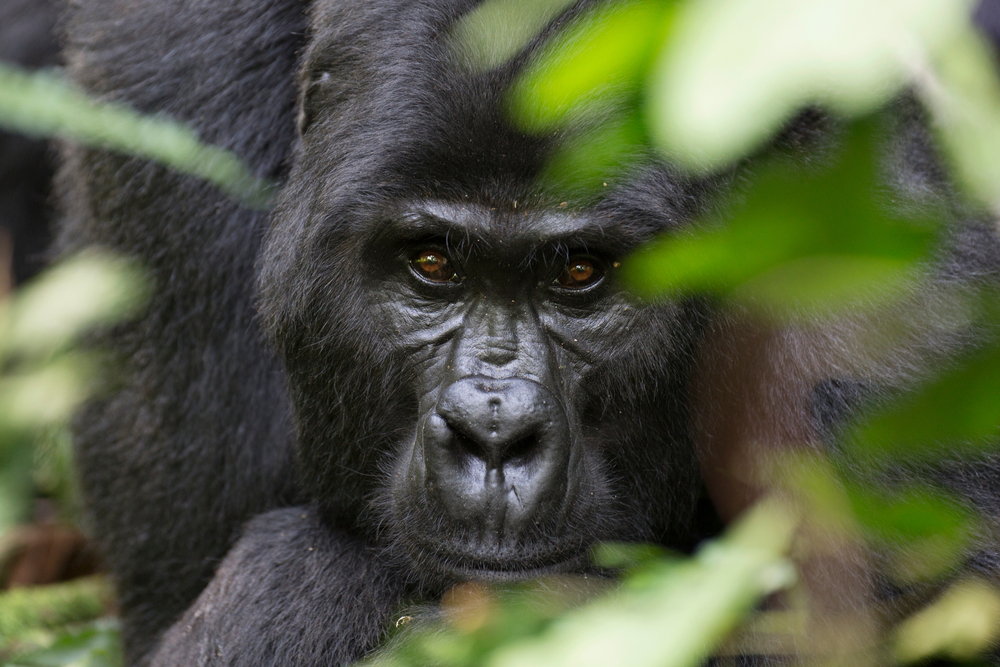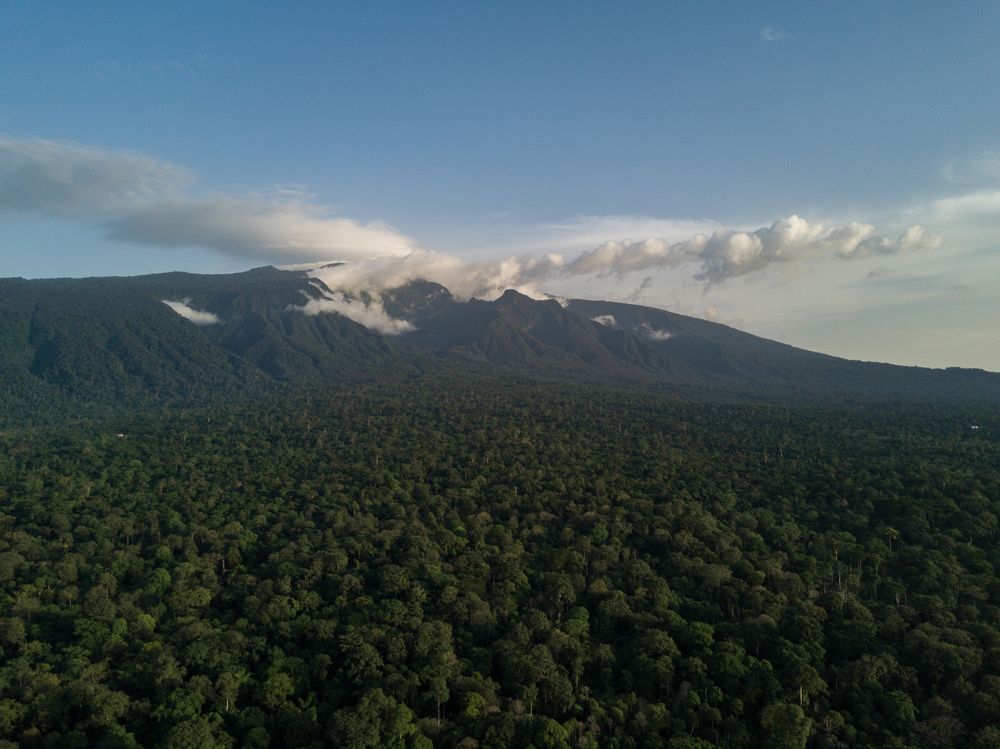Altos de Nsork Overview
Altos de Nsork National Park, known locally as “Parque Nacional de Los Altos de Nsork,” is a significant protected area in mainland Equatorial Guinea. Established in 2000, the park covers approximately 700 square kilometers (270 square miles) in the Kie-Ntem Province, near the town of Nsork. The park’s name translates to “Heights of Nsork,” reflecting its varied topography of high hills and dissected terraces.
The park’s terrain is characterized by elevated hills and low, dissected terraces, creating a diverse landscape that supports a rich array of flora and fauna. The western boundary is defined by the Abang River, while roads mark its eastern and southern limits. The park’s interior remains largely undeveloped, with few roads, preserving its pristine natural state.
Altos de Nsork National Park is renowned for its biodiversity. The dense rainforests are home to various primate species, including mandrills and black colobus monkeys. Forest elephants traverse the park, leaving discernible trails through the underbrush. Birdlife is abundant, with numerous species inhabiting the forest canopy and understory. The park’s ecosystems also support a variety of plant species, contributing to its status as a vital conservation area.
Conservation efforts in Altos de Nsork focus on preserving its unique ecosystems and wildlife. The park’s establishment aimed to protect its rich biodiversity from threats such as poaching and habitat destruction. Organizations like the Biodiversity Initiative have conducted studies within the park to assess bird diversity, providing valuable data to inform conservation strategies. These efforts are crucial in maintaining the ecological integrity of the park and ensuring the survival of its resident species.
Visitors to Altos de Nsork National Park can experience its natural beauty through guided tours and wildlife observation. The park’s remote location and limited infrastructure mean that access may require careful planning. However, the opportunity to witness untouched rainforests and encounter diverse wildlife offers a rewarding experience for nature enthusiasts and researchers alike.
In summary, Altos de Nsork National Park stands as a testament to Equatorial Guinea’s commitment to environmental preservation. Its diverse landscapes and rich biodiversity make it a critical area for conservation and a unique destination for those seeking to explore Central Africa’s natural heritage.












































































